This article is part of the 31 Days of Pinterest Hacks series. Find the main page for this series here.
Whether we use technology or printed texts, reading plays a huge role in our lives. We want children to succeed and to be able to self-advocate, so we ensure they become literate. After purchasing storybooks, we tend to look for flashcards and phonics supplements to get them there faster and better.
What is the best way to teach a neurodivergent or disabled child to read? Are flashcards and worksheets necessary? This article helps you get started with literacy tips for neurodivergent and disabled children.
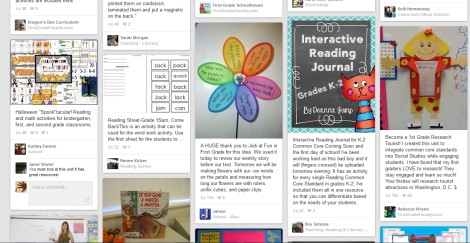
Worksheets, flashcards, and other disconnected literacy activities can confuse a child who already struggles with language. Be cautious of what you select from Pinterest for neurodivergent and disabled children.
Why reading may be a challenge for neurodivergent and disabled children
- Some children may not comprehend that print contains a message.
- Tracking print may be a challenge for some children.
- Children with learning disabilities may have trouble identifying and producing letters and words.
Suggestions for adaptations/modifications for literacy
- Model. Read to yourself. Read aloud. Read the newspaper. Read a book. Just read. And, let the child see you do it.
- Read to the child. Share a book as often as you can throughout the day.
- Offer a rich selection of books. I dedicate a post specifically on selecting books for neurodivergent and disabled children in this series. Look for books with simple images, repetitive rhythms, and fabulous rhymes. Also, read storybooks with a clear beginning, middle, and end. Leave the books out for the child to look through independently as well as with an adult.
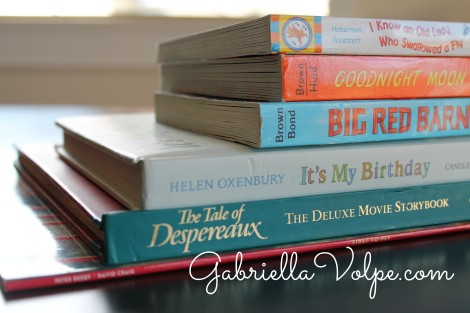
- Allow the child to select the book. Even if the child cannot yet read have them select they book to read. Offer two choices to begin.
- Don’t kill the story. As adults, we tend to test. What color is this? What sound does this animal make? What shape is that? Control your impulse, and just read the story from beginning to end. Do this several times that week. Let the child enjoy the story and internalize its message. You will have opportunities to “test” them in other ways at another time.
- Chant rhymes and sing songs often. Children learn language by engaging with it. Reading is no different. In hearing the rhythm of songs and rhymes, children absorb them and begin to make connections with words and sounds and images. Since rhymes are short and songs are fun, it’s the easiest thing you can do to expose a child to literacy.
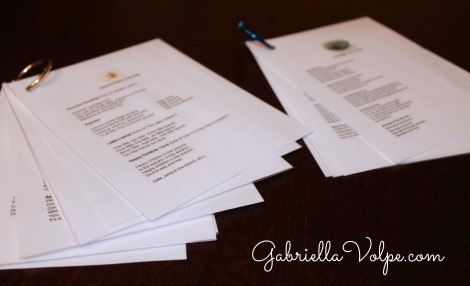
I keep laminated cards with songs and rhymes on a ring. It makes literacy portable and durable! It’s not meant for my son to read but as a memory aid for myself.
- Allow the child to select the rhyme or song. I like to print a few of our favorite rhymes for that month onto cards and laminate them. I add hook and loop dots to the back and ask my son to select from two choices. I’ll say, “Which song do you want? Insy Winsy Spider, or 5 Little Leaves?” And, my little guy pulls the card representing the song he wants. Think about the communication system the child uses. Do they sign? Then, sign SPIDER while holding up a spider image and LEAVES while holding up a leaf image. Do they use AAC? Think about how you can incorporate a choice of songs and rhymes with whatever method the child communicates best.
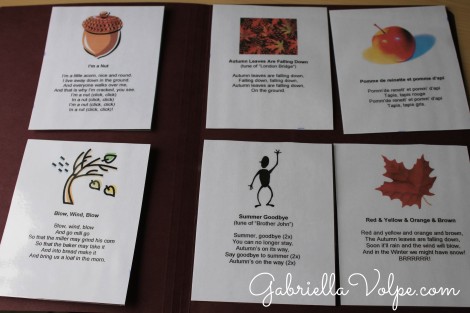
I keep individual rhymes and songs on laminated cards and use hook and loop dots to adhere them to a file folder.
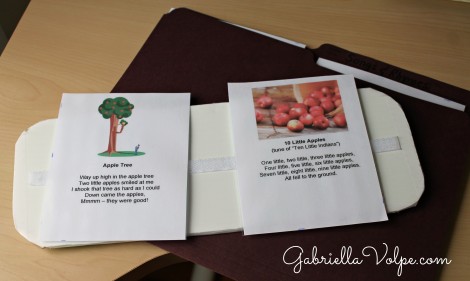
Then, I select two for my little guy to choose from. These are hooked onto a strip, then placed on a stock card.
- Read together. Have them join you when you chant rhymes or read a repetitive phrase in a book (after several days of listening to the same rhyme or story). The child must begin to participate in the reading as they can.
- Avoid flashcards and phonics worksheets. Don’t introduce flashcards to a child until they understand the significance of letters and words. Make the learning as concrete as possible without resorting to worksheets. Flashcards are card-stocked worksheets—don’t be fooled by them. Testing a child does nothing for their literacy skills but will cause them to become anxious over time. Make books together, act out the stories, use puppets, bring out the flannel board, etc. Even if you’re doing a lot of the prep work, the child gets to experience the books in meaningful ways. Make the learning as close to real life as possible.
- Read their name. As a first true reading activity, have the child learn to read their name. Write it on cards and place them in different spots. When you find a card, say, “Oh, it says Billy! Billy!” Point to the word as you read it. Over time, they will begin to pay attention to the letters and notice the first letter of their name to be particularly interesting. Play around to see how often the child recognizes their name.
What are the challenges you are having with literacy?
Literature Resources
- Lil Readers Book Club– (Affiliate link) Inspire a life-long love of reading. A new theme is sent out each month by Subscription Box Kids.
- Epic Books – (Affiliate link) Instant access to thousands of high-quality books for kids 12 and under.
- BookOutlet– (Affiliate link) Discounted books for the entire family!
This post tackles the beginning phases of literacy. If you’d like personalized strategies, we can sort through them together through a one-on-one consultation for parents or educators.

My son will be seven next month & he is an emergent reader. Our biggest issues are tracking & comprehension.
Comprehension is a common one. I highly suggest sticking to one book as your focus book for a couple of weeks – at least. This way, he’ll begin getting accustomed to the rhythms of the story and will begin to anticipate what comes next. By reading the same story over a span of a few weeks, it gives you the freedom to use his learning style/ dominant intelligence to help him to comprehend the story. By seeing the story acted out with puppets, or by hearing the story told in song, or by playing with the characters on a flannel board, he’ll begin to make connections.
As for reading on his own, as an emergent reader, you’d need to focus on things like: Does he know the letters? Does he know what a word is? Does he recognize high-frequency words? Can he retell a story (even if in his own way, like with puppets)? In some cases, you can use the experiential learning (as described above), but at times, you will need to explicitly teach some reading strategies.